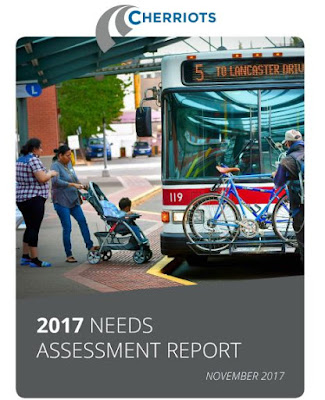The Policy Committee for our local Metropolitan Planning Organization meets tomorrow the 23rd, and it looks like they are ready to send out a formal proposal on the $5M in bonus funds from changes to the Congestion Management and Air Quality program.
 |
| Recommendation: Top 4 get full funding, next 3 partial |
The Technical Advisory Committee landed on a recommendation, and the Policy Committee can endorse it unchanged or make changes. (It will be interesting to see if it happens that the PC and TAC are out of step on this.)
Once the recommendation is ratified by the committee at the meeting, it'll go out for a 30 day Public Comment period, and then next month they'll make formal adoption of it.
Under this recommendation, the top four get full funding:
1. Brown Road NE Sidewalk and Bike Lane
2. Center St: Lancaster to 45th Pl NE Upgrade
3. SAMTD Transit ITS Project
4. McGilchrist Complete Street Project ‐ Right‐of‐Way
The next three get partial funding:
5. Connecticut Av: Macleay to Rickey West Side Bike/Ped
6. Wheatland Road Multimodal Corridor Plan and Conceptual Design
7. Turner Road Downtown Urban Upgrade
Orchard Heights is out of luck:
8. Orchard Heights Road NW Pedestrian Improvements and Pavement Preservation
At the point, the main question seems to be whether the Center Street project is sufficiently up-to-date with best practices for car travel speed and lane width, as well as its deployment of bike lanes and sidewalks. (Some
previous discussion here.)
As far as the disposition of funding goes, given the actual projects that were submitted (which is to say, we might wish that local governments had submitted juicier projects for congestion relief and air quality), it's hard to argue with the way it shook out. It might be nicer to see the Connecticut Avenue project get full funding, as it is so near a school - I'd swap out the Center Street project for more design refinement - but Center Street is an important corridor and connection to Lancaster. Orchard Heights indeed seemed like a low-priority and odd project to try to slip into the funding process. Altogether the recommendation easily meets the test of "reasonable people can disagree."






























